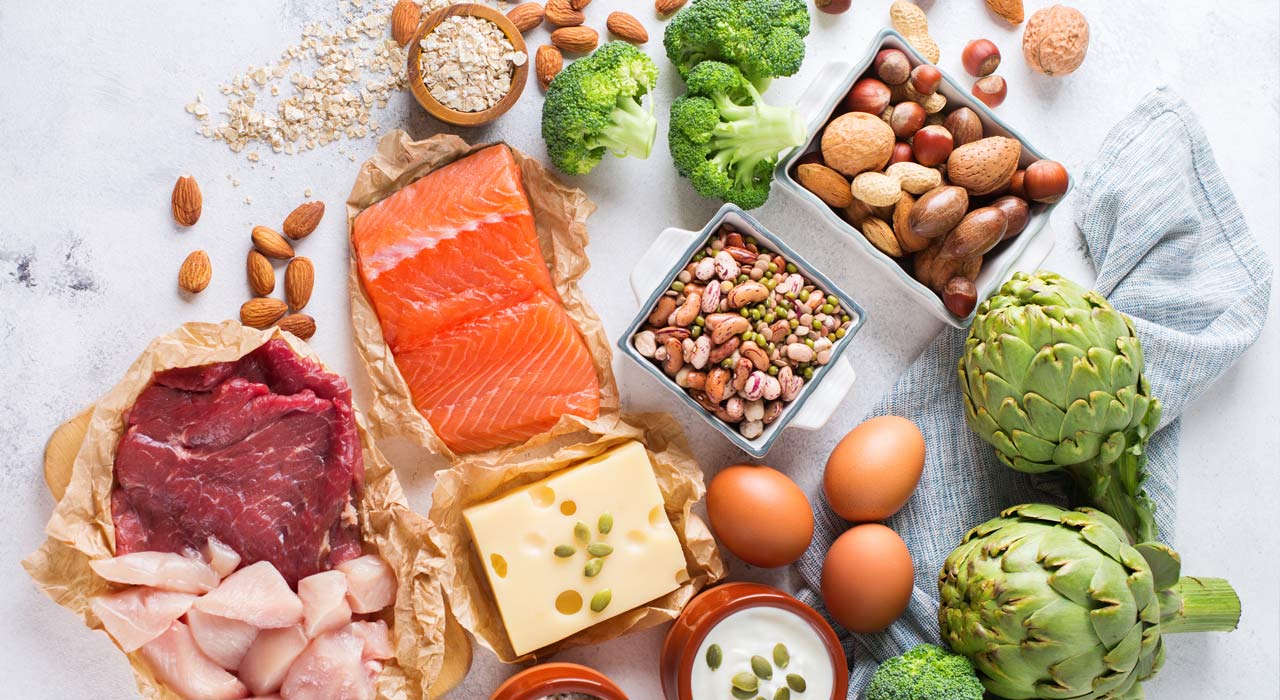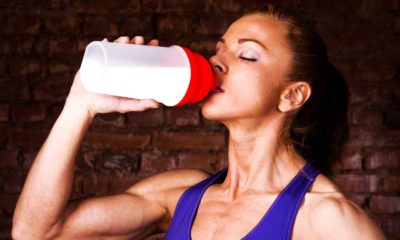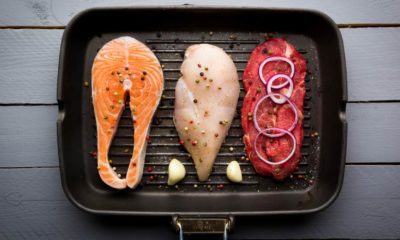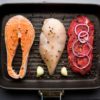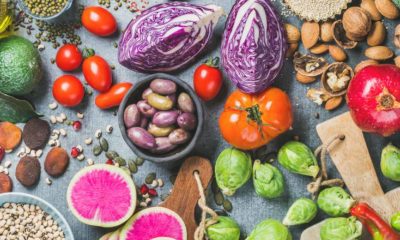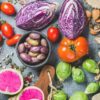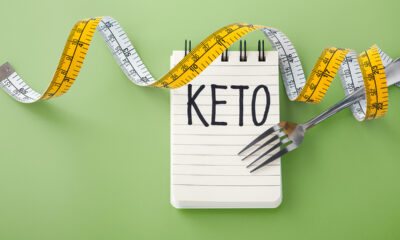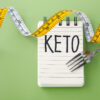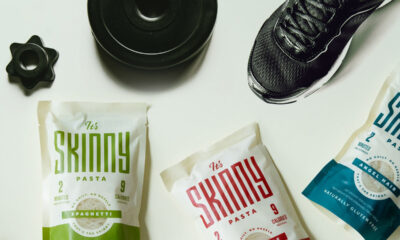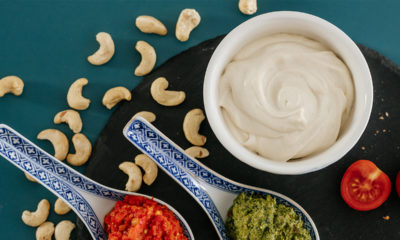Nutrition
A Complete Guide To Understanding Protein
Have you heard of flavoprotein, ovomucin or avidin? They may sound like brand names for prescription pills, but they’re actually different types of protein.
If you want to build a body that’s strong, lean, healthy and beautiful, it’s wise to expand your horizons, learn the science behind them and how to use them effectively.
The basics
You need proteins because once they’re broken down, they form amino acids. However unlike fat, which you also need, many amino acids aren’t stored or made by the body, so they’re considered essential to your diet. Along with the essential acids, there are non-essential ones (which can be made by your body using other amino acids), and semi-essential acids.
These can also be made by your body, but if you’re ill or run down, you may not be able to produce enough so you might have to ingest some directly to remain healthy or recover. If you’re a long-term exercise enthusiast, some of the most important amino acids when it comes to gaining strong, lean muscles are of the ‘branched chain’ variety (BCAAs).
Leucine, isoleucine, and valine work together to help repair muscles and keep them in good working order; lysine, which helps keep you going during a training session; histidine, which helps repair muscle tissue; and methionine, which helps break down fat.
For hair, skin and nails, threonine, is one of the most important as it helps take care of collagen and elastin, two components of smooth, firm skin.
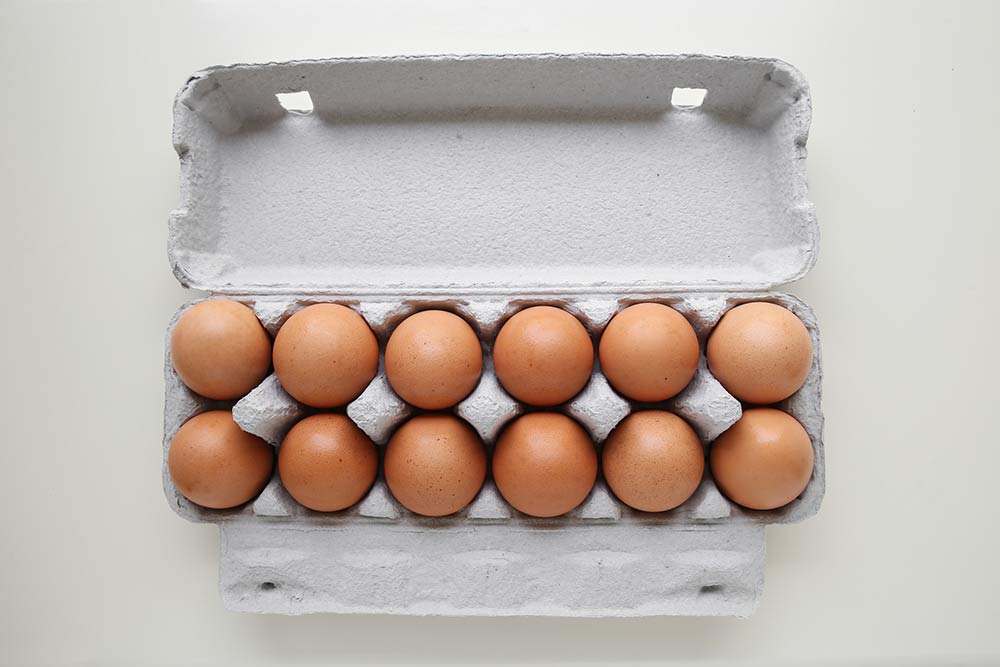
You can’t get protein without… cracking a few eggs.
Having it all
The good news is some foods contain all of these great amino acids. What’s more, many foods contain a multitude of both essential, semi-essential and non-essential amino acids. Take eggs, for example. A single egg contains quantities of all the essential proteins for health: you’ll get lysine, leucine, histidine, isoleucine, methionine, phenylalanine, threonine, trytophan and valine, alongside a handful of semi and non-essential amino acids. It also contains a good percentage of protein – 0.24oz (7g) in one egg, weighing around 1.67oz (47g).
Egg whites alone contain 40 types of protein. However, that doesn’t mean eggs should be your go-to protein source, because there are other sources of protein that contain fewer calories and more fiber, so in terms of maintaining weight, for example, eggs might not be your only – or best – choice.
– READ MORE: 3 Ways To Improve Your Muscle Growth –
For example, raw broccoli isn’t the first food that comes to mind when considering eating more protein, and yet per kcal broccoli will give you 100mg of protein while an egg delivers 90mg. Confused? The difference is down to fat.
Because eggs are also high in fat, and broccoli isn’t, you get more protein bang for your buck without adding to your calorie intake. So, to properly feed your body with the proteins it needs, it pays to be aware that other sources of protein may be better or worse for you, depending on fiber, water, sugar and fat content. There are other aspects to consider, too.
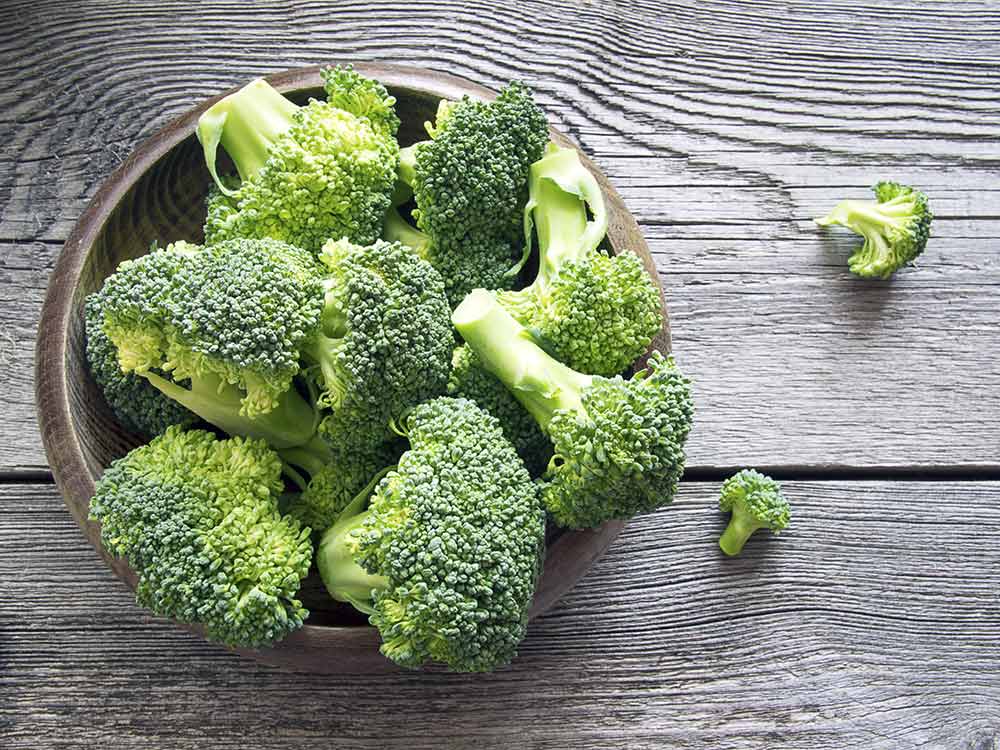
An unlikely protein candidate.
When you eat any protein, and it’s broken down into amino acids, your body uses them to ‘build’ parts of your body, such as muscle tissue, skin, hair or nails. If you don’t get enough of these amino acids, your muscles will get weaker, your hair will grow thin, brittle and weak, and you’re also more likely to get sick.
But if you want to see quick results from your protein intake – stronger hair, muscles that can take a full-on workout, you’ll need to make sure you’re getting protein that’s bioavailable – easy for your body to absorb and use. Whey, for example, beats eggs in terms of how easily the protein it contains gets absorbed. Found in milk and cheese, it contains high levels of leucine, valine and isoleucine which are then ferried directly to your muscles, making it a particularly useful type of protein when you’re working out.
Dairy products and whey, as well as soy protein, are considered to provide the most digestible sources of complete protein, with foods such as buckwheat, hempseed, meat, poultry, soybeans, and quinoa coming a close second. The good news is all of these foods, are considered complete proteins, and will deliver all the essential amino acids.
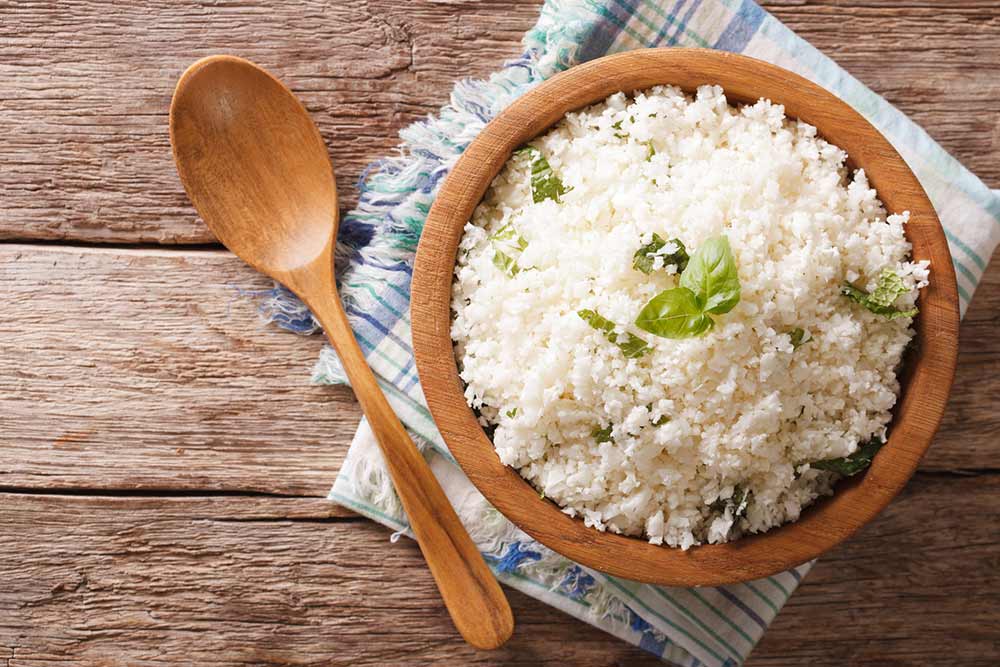
Anyone for some rice… and beans?
What you’re missing out on
Perhaps a surprising contender in the easy-to-absorb protein ring is rice. You’re probably wondering whether rice contains much protein and yet, in terms of bioavailability, it’s easier to digest and utilize than soy and beans, scoring an incredibly high 76 out of 100 in terms of bioavailability (compared to 49 for beans, and a perfect 100 for eggs).
When you think about the quantity of rice that’s eaten in many Asian countries, where diets are low or completely lacking in dairy, you can see why people there don’t suffer from a lack of protein. Adding a handful or two of brown rice (which contains more nutrients than white) to your daily diet is a great way to up intake of protein without eating meat. As rice doesn’t contain all the essential amino acids, it’s vital you pair it with yogurt, cheese, soybeans or another complete protein food to cover all bases.
– READ MORE: How To Get Protein As A Vegan –
You should also consider adding other foods that will also give you what you need. For example, potatoes, chickpeas, pumpkin seeds, cauliflower, and quinoa contain all the essential proteins you need too, although they may be absorbed more slowly. Why bother with these other less-easily absorbed sources of protein? Because eating a variety of sources – by including rice, beans, as well as some vegetables – helps increase bioavailability while reducing calorie levels.
If you eat a huge bowlful of beans, you’ll get a certain amount of calories and protein; throw in lean meat or a handful of nuts if you’re vegetarian, and you’ll increase your protein intake while reducing the amount of food you’ll need to eat, and therefore calories, too. These are called complementary proteins – and there are various ways you can pair them up to give you the maximum protein without putting on weight where you don’t want it.
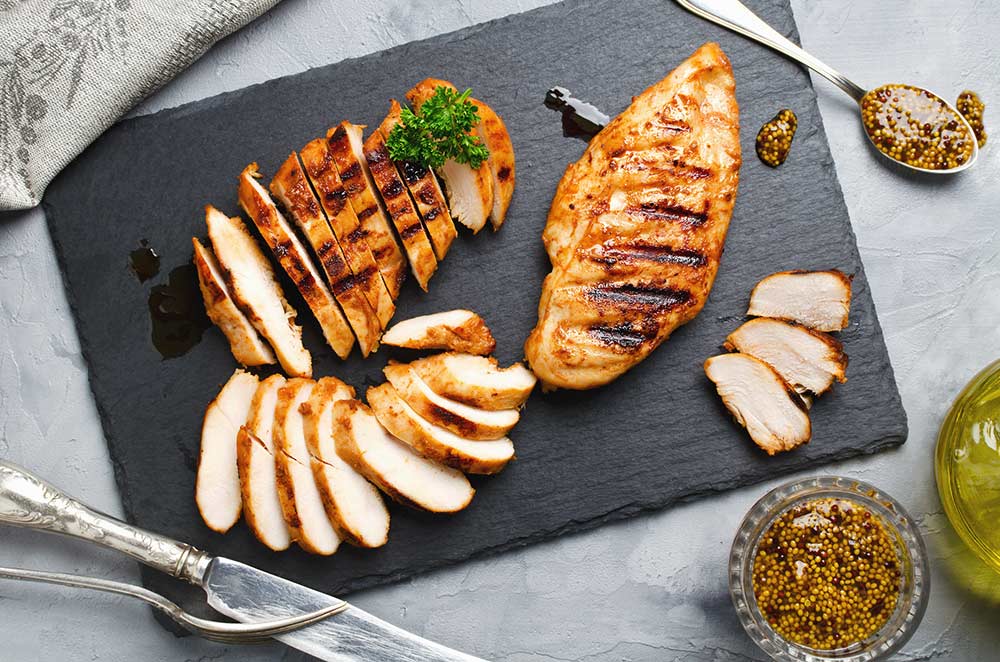
Never underestimate the humble chicken.
What about chicken?
In terms of protein, it is a good provider: you’ll get 30g per 100g, plus all the essential amino acids and the rest, too. But there are multiple issues with eating chicken regularly. For one, if you can’t afford organic farm-raised hand-fed-with-a-silver-spoon types, it’s likely you’re ingesting far more fat than you realize, as birds that don’t get to move around get fat and flabby like humans.
They may also have been given antibiotics or treated with other meds, fed on meat products or have added salt. So, when it comes to regular protein intake, chicken breast is not best – instead, focus on variety, adding whey protein, rice, broccoli in healthy amounts to your diet, as well as eggs. That way you’ll ensure there’s always enough protein in your system to supply your muscles with what they need, no matter when or how hard you push them.
Want more fitness information sent straight to your inbox? Sign up to the TRAIN for HER newsletter.


